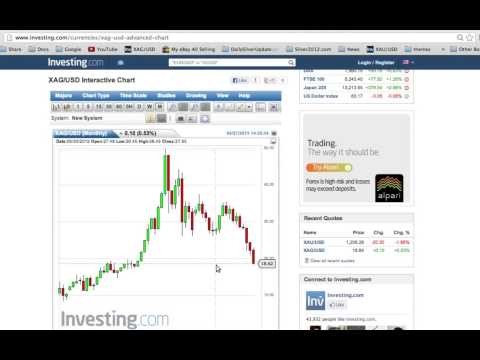Three Reasons Gold Will Go to $800 RBC Strategist
Post on: 2 Апрель, 2015 No Comment

When you’re right, you’re right, and Edward Lashinski of RBC Capital Markets was right on when he predicted that gold would go to $1,225. The yellow metal hit his bearish year-end price target in Wednesday trading. So where does the director of global strategy and execution for RBC’s Futures Group see gold going next?
I believe that most of the headwinds that were present remain, so I believe ultimately we could go to $800 to $900 an ounce, he said on Thursday’s Futures Now .
Deadpoet88 | Flickr Open | Getty Images
One: Rising Rates Will Crush Gold
Lashinski said that a large part of the weakness in gold is due to the Fed ‘s changing interest rate expectations.
In general, as interest rates rise, traders lose interest in gold, because gold yields nothing. And while the difference between a yield of 0 percent and of 0.53 percent (the low the five-year Treasury made last July) is pretty negligible, the difference between 0 percent and the 5 percent that five-year Treasurys could yield (a level we exceeded in 2006 and 2007) is highly significant.
If the Fed exits the bond market, and yields begin to rise even higher than they have already, gold could look much less worthwhile.
Two: The Fed Will Reduce the Supply of Money
Along with the rise in rates, Lashinski predicted a change in the supply of dollars, which is associated with the changing stance of QE in terms of the Fed balance sheet.
A big reason people own gold is to hedge against inflation. And as the Federal Reserve embarked on quantitative easing, many expected inflation to be the result, leading people to buy into gold. Unfortunately for those gold bulls, the massive inflation warned about never came to pass.

As the Fed actually ends the program, Lashinski expects gold’s losses to accelerate. And if that exit causes deflation, gold priced in dollars will look like an unbelievably bad place to park money. After all, as the value of each dollar rises, it will take fewer of them to buy gold, making the gold price cheaper. At that point, it would be much better to keep dollars under the mattress than use them to buy gold.
Three: Emerging Markets Will Become a Headwind
Emerging markets have provided gold with a significant boost over the past few years, Lashinski said. The demand from China and from others has been one of the primary supports for the gold market.
But emerging markets appear to be weakening. For example, the iShares MSCI Emerging Markets Index has fallen some 14 percent this year.
Those markets, no longer a tailwind, will actually become a headwind, Lashinski said. The actual growth of the emerging markets space being curtailed also will be mitigant to the price of gold, he added.
All in all, between the Fed and emerging markets, Lashinski sees another $300 to $400 of downside before the carnage in gold is over.














